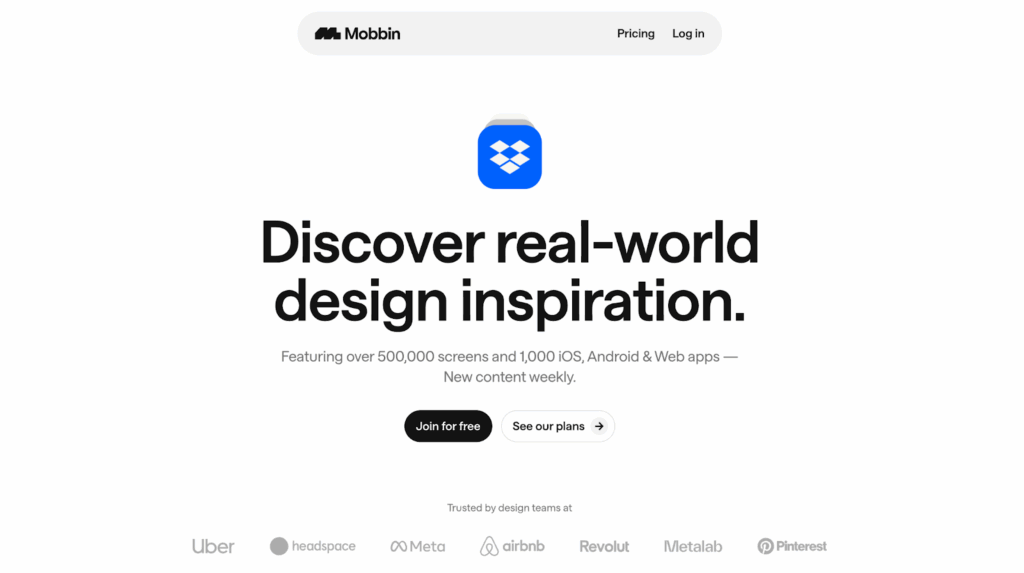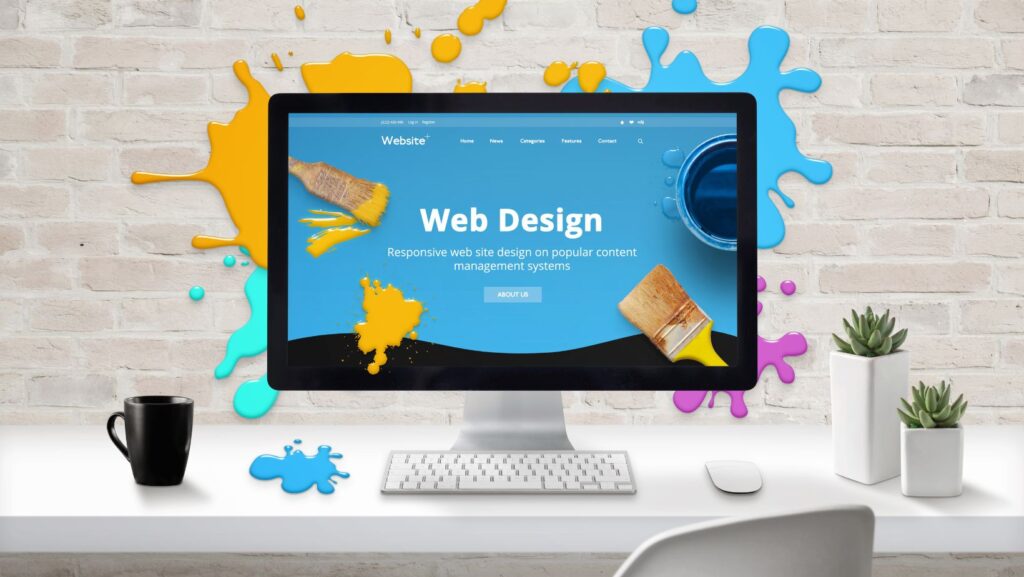
Design is more than just making things look good; it is about how one solves real problems, tells a story, and creates experiences that people remember.
Good designers find balance in form and function, a balance impressive across mobile interfaces also branding systems.
Certain design principles are being embraced now more than ever in 2025.
You are able to improve on your creativity as well as create prominent projects through these strategies.
They can also offer more value for your audience.
1. Embrace Minimalism for Maximum Impact
Minimalist design uses clean layouts, generous whitespace, and simplified elements so that users focus only on what matters.
It’s particularly effective in iOS and Android app design, where screen space is limited and clarity is crucial. Cut the clutter, and your core message shines.
2. Make User Experience the Priority
Functionality is what should always lead more than decoration does.
A great-looking design, but one that is hard to use and fails in terms of its purpose.
Intuitive navigation as well as accessible typography should be prioritized.
Also, give priority to layouts that adapt to devices.
Each design must be thought about as a guided experience.
This is for the user now.
3. Seek Inspiration from Diverse Sources
Revisiting those same styles is tempting, but unexpected places often yield new ideas.
Study in industrial design or study photography or study architecture, or study nature.
On platforms like Mobbin, you can find fresh, real-world examples without repeating designs.
4. Explore Emerging Trends with Purpose
Bold color palettes, together with tactile textures plus AI-improved graphics and retro aesthetics, will trend throughout 2025.
Just ensure that they serve toward the content rather than distracting from it, incorporating these trends to keep your work current.
5. Tell Stories Through Visual Design
Great design connects emotionally.
Guide users through a narrative by creating a flow from a first glance to a final interaction instead of treating visuals as static.
Relate that tale through coherent parts, careful shifts.
Meaningful imagery will help you tell that story as well.
6. Always Consider Accessibility
Inclusive design benefits everyone.
This means ensuring text readability, contrast standards are met by colors, and navigation is possible throughout for all users, including those with different abilities.
Accessible practices not only widen reach, but additionally, they show respect for the end-user.
7. Think Mobile-First
Focusing design initially for small screens matters, given mobile devices’ prominent digital use.
In iOS and Android app design, elements must be touch-friendly, and load times should be rapid.
Layouts also must adapt in a smooth way to a variety of devices.
Mobile provides the basis for optimal usability.
The desktop should be addressed at that point.
8. Collaborate for Fresh Perspectives
Working alongside other creatives can reveal ideas undiscovered if you worked alone.
New viewpoints may assist you beyond creative limits.

You may join forces with a UX specialist, motion designer, or illustrator.
9. Invest in Continuous Learning
Design tools as well as frameworks, and methods are quickly evolving.
You must commit to updating your skills on a regular basis to stay relevant.
With side projects, workshops, and community feedback sessions, experimenting can keep your work revolutionary.
10. Showcase Your Work Strategically
It is the case that the most powerful marketing tool is just your portfolio.
Explain your role and the problem that you solved, as well as the results you achieved with present projects.
Present projects can have shared context.
Visual representations and practical uses give your work substance and believability.
Final Thoughts
Modern design is a balance too, that continues between revolutionary thinking along timeless principles.
Aim toward work that is functional, inclusive, and visually compelling.
Whether you refine a logo or create engaging visuals, or work on iOS and Android app design, do that.
Remain curious, refresh skills, and push limits as you remember the user’s needs to design creations that now impress in the digital landscape.